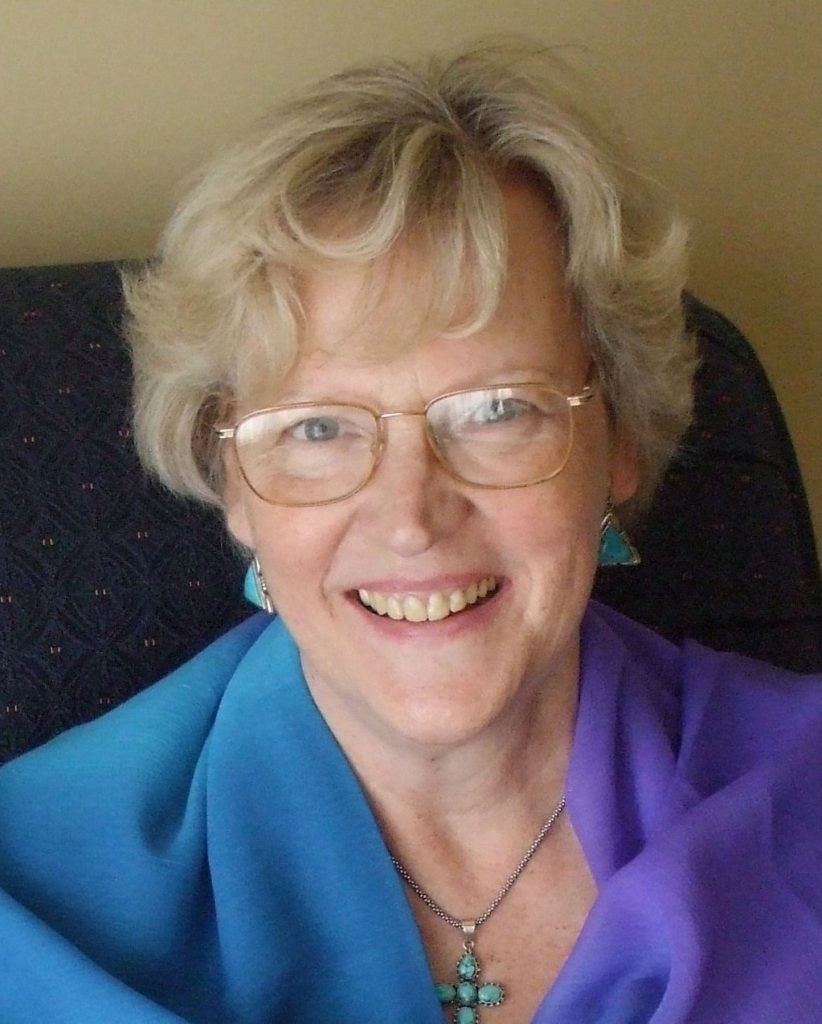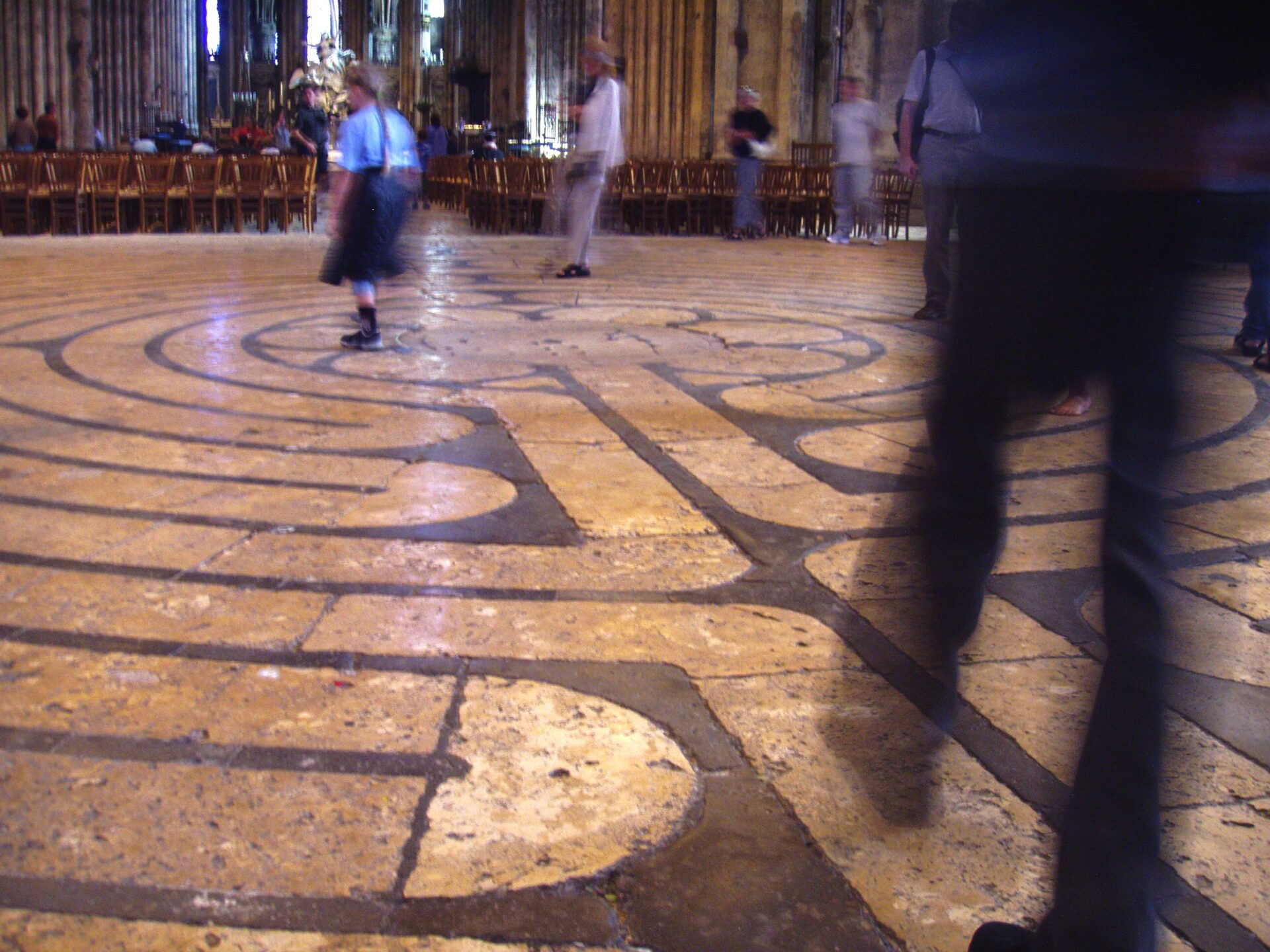Our tradition is based on the teaching of Jesus and how that was lived by the Desert Fathers and Mothers of the 4th century. For them, as is the case for John Main and Laurence Freeman, scripture forms the foundation of their life. When some monks came to ask St Antony, how they should live, they were told: “You have heard Scripture. That should teach you how.”
Contemplative prayer goes hand in hand with reading scripture in a deep, attentive way, already known in the 2nd century as lectio divina. The qualities needed for meditation – attention, silence, leaving your own thoughts and opinions behind – are the same as those for reading scripture in a contemplative way. Moreover, both can lead to a similar truly mystical experience. In meditation we trust we will meet the spirit of Christ within the silence in our heart. Engaging with a scriptural text in this profound way also leads to having a personal encounter with the risen Christ, the Word. Laurence Freeman in his book ‘Jesus, the Teacher Within’ emphasizes that reading the gospels in this contemplative way leads to true insight into who Jesus was and into the essence of his teaching, because “in lectio we break through language and go beyond thought into insight.” Not only do we come to know in a deep way, who he was but we also gain insight into our own essential nature: “we both read the gospels and we are read by them….This relationship with the Word allows the text of the gospel to become a pathway from the head to the heart….. it is an awakening of mystical intelligence, which when awakened benefits the whole of life.” This encounter with Christ in the gospel text as well as in prayer is therefore seen as having a profound effect on the individual, altering their view of reality and leading to transformation, to communion of our true ‘self’ and the Christ within.
This way of deep reflective reading of the gospels has been part of the Christian tradition from the moment the gospels were written down. Prayer, the reading of Scripture and theology went hand in hand; theology emerged out of the contemplative experience and was a way to try to understand its significance, bringing together the mystical experience and the understanding of it, ‘bringing the mind into the heart’. This continued to be so until about the twelve century, when rationality due to the rediscovery of Aristotle’s philosophy started to be praised higher than mystical/spiritual thinking, leading to a separation between prayer and theology.
Interestingly there are now moves by some scientists to build bridges between the scientific, rational understanding of reality and the spiritual, intuitive way of experiencing it. What Laurence Freeman has described as “an awakening of mystical intelligence” in spiritual terms can now be explained in rational terms as the shift that has taken place towards the right brain intuitive way of perceiving reality.
Image by Benjamin Balazs from Pixabay





